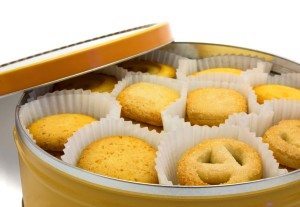
FSSAI has recently released a document summarizing food import clearances in the six months from January 2014 to June 2014. The document will prove beneficial for Food Business Operators importing food products to avoid sample rejection pitfalls.
Between January and June 2014, FSSAI handled as many as 37, 124 samples for Food Import Clearance. The samples were drawn from across major sea and air ports in Chennai, Mumbai, Kolkata, Cochin and New Delhi. The maximum samples were collected in May and the least in March 2014. NOC was awarded for 35, 008 samples, while 339 failed clearance as they did not meet the safety and quality parameters of the Food Safety & Standards Regulations 2011 in compliance to Food Safety & Standards Act.
Authorized Officers (AOs) also made visual inspections of samples in the ports and few samples were rejected for some of the following reasons
- Presence of gelatin
- Damaged grain
- Presence of vegetable fat in chocolates,
- Unpermitted colours
- Valid remaining shelf life not more than 60%.
- Illegible labels or label declaration in foreign languages, wrong claim on labels
However, a maximum number of 538 samples were rejected on the basis of non-rectifiable labelling defects. Another area where major samples were rejected (304) was for non-submission of product approval certificates by Food Business Operators.
Under section 47(5) FSS Act 2006, FSSAI has set up a mandatory food import clearance process after extensive consultation with stakeholders. The process is operational since September 2010 across 16 locations where it is practiced by FSSAI authorized officers.
In the first step of the clearance process examination orders are generated by customs through the bill of entry. Necessary documents and sample testing fees are submitted. Only after this can Custom House Agents (CHAs) seek an appointment for sampling from the FSSAI-AO.
Once an appointment has been granted the AO (Authorized Officer)
- Visually inspects food products,
- Verifies documents and labels
- Randomly picks samples from the consignment at the CFS or from the vessels.
- These samples are sealed, cooled and sent to the approved testing laboratories for analysis on the same day or next morning.
Depending on the type of tests required as per FSS (laboratory and sampling analysis) regulations, 2011, the testing laboratory has to analyse the samples and furnish the report in 5 days. On the basis of the test report the AO gives NOC for clearance or Non Conformance to the CHA and customs the same or next day.
Leave a Reply